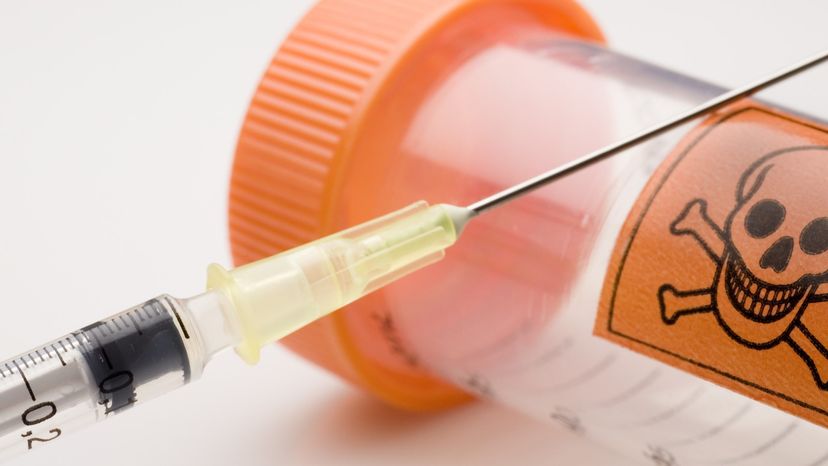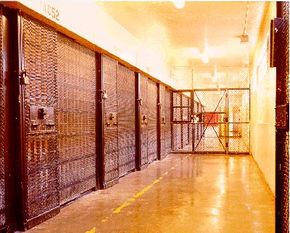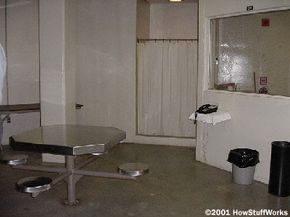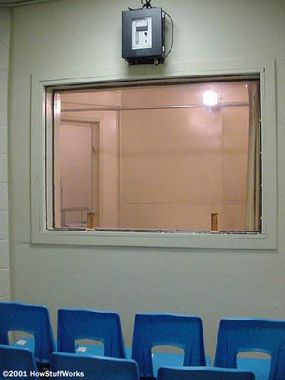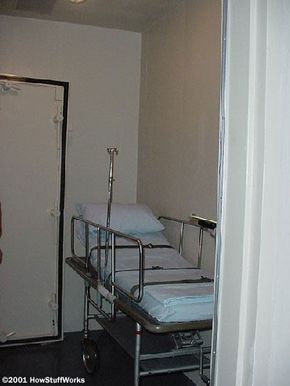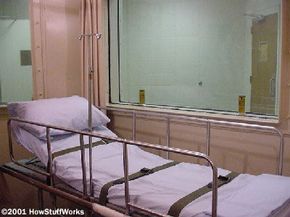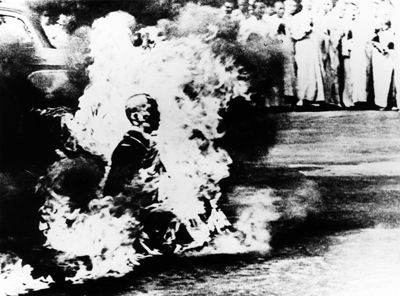As of 2009, approximately 58 countries allow for some form of capital punishment [source: Amnesty International]. However, it should be noted that fewer than half of these countries are known to have performed an execution the same year.
In 1997, China became the second country to use lethal injection to carry out an execution, 15 years after the first U.S. execution of this type. Three other countries, including Guatemala, the Philippines and Taiwan, also provide for execution by lethal injection.
Information about lethal-injection executions in China is hard to obtain, and the process by which they are carried out is unclear. Prior to 1997, China's main form of execution was shooting. According to a 1998 report from Amnesty International, the Chinese press reported 24 lethal-injection executions in that year, but the exact number is unknown.
While China was the first non-U.S. government to officially perform a lethal-injection execution, Taiwan was the first government outside of the United States to legislate lethal injection as a form of execution. However, Taiwan has yet to execute anyone by this method. Executions in Taiwan continue to be carried out by shooting.
In the Philippines, the death penalty was reinstated in 1993 after a six-year hiatus. The death penalty was brought back because of a rising crime rate. The country provides for the death penalty in cases of murder, rape, drug trafficking, kidnapping and arson, among other crimes. Under certain circumstances, the death penalty is a mandatory punishment.
In 1996, the Filipino government passed legislation allowing for executions by lethal injection. Soon after, a lethal-injection chamber was built at the National Penitentiary at Muntinlupa. The building consists of two, 60-foot metal cargo containers divided into five rooms. One room serves as the death chamber, and the other four are used by technicians, government officials, spiritual advisors and witnesses The Philippines performed its first lethal-injection execution in February 1999. It was the first Filipino execution since 1976.
Guatemalan law calls for the death penalty for those convicted of aggravated homicide of the country's president or vice president, killing a member of one's immediate family, killing a kidnap victim or raping a girl under the age of 10. A death sentence can be imposed only when all appeals have been exhausted. Guatemala carried out its first execution by lethal injection on February 10, 1998.
In Guatemala, once a death sentence is imposed, a judge selects a person to act as the executioner. On the day of the execution, much like in the United States, the prisoner is restrained to a gurney. In an adjacent room, the judge gives a signal to the executioner to begin. According to the law, an electronic lethal-injection machine is used to perform the injection of three drugs. Once the lethal injection has been administered, a forensic doctor examines the prisoner to declare the person dead. When the proceedings are over, the government either buries the body or turns it over to the person's family if they have requested to handle the burial themselves.
In October 2003, Thailand became the next country to adopt lethal injection as its main form of execution. Its first lethal injection executions were carried out in December 2003, when four men convicted of drug trafficking and murder were put to death.
Vietnam decided to replace the use of firing squads with lethal injection as its method of execution in 2010, with the decision taking effect in 2011.
